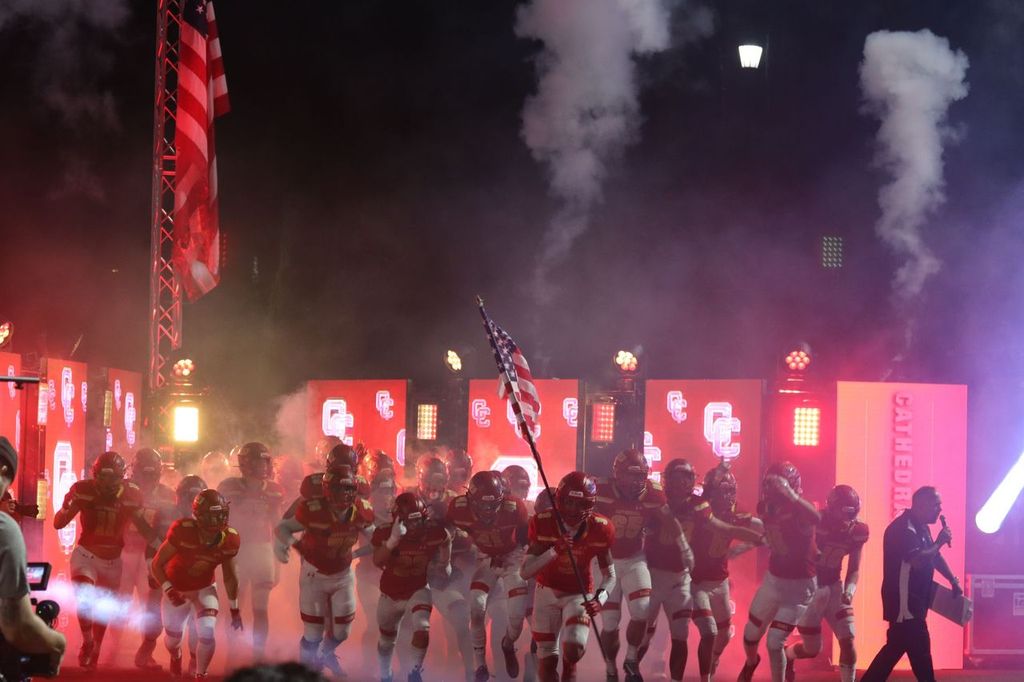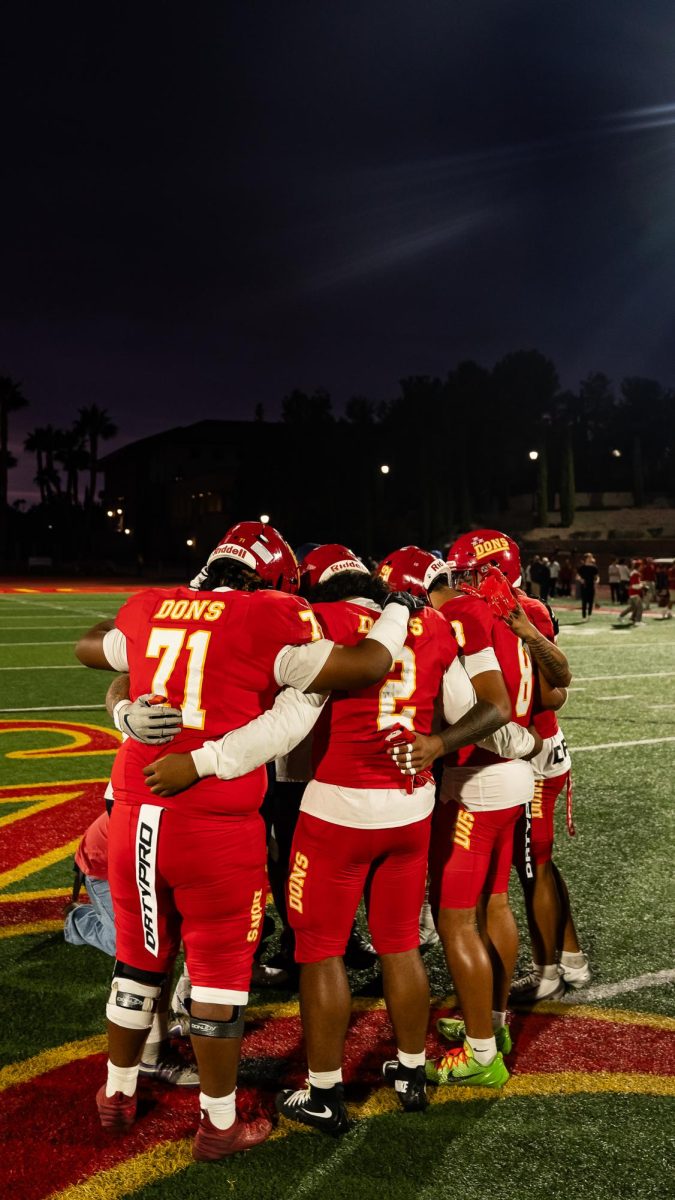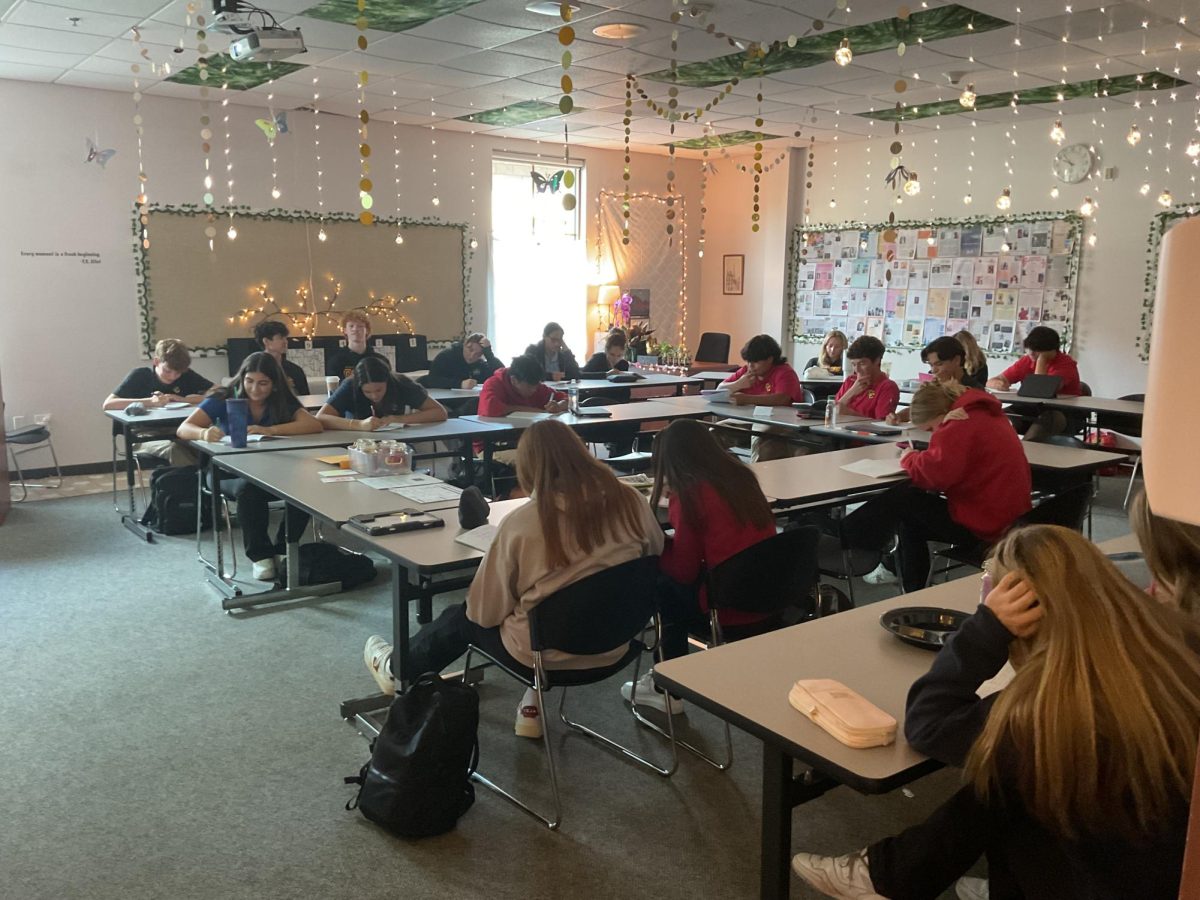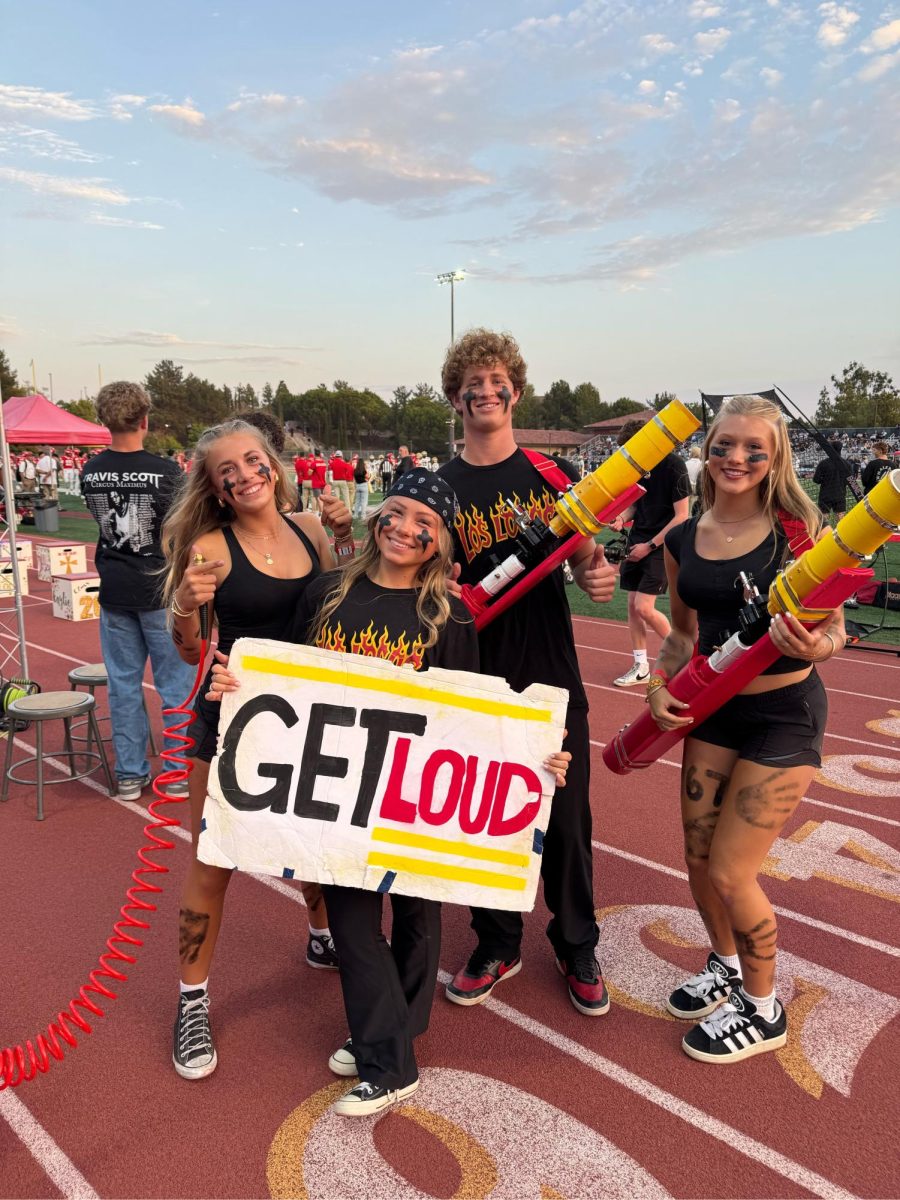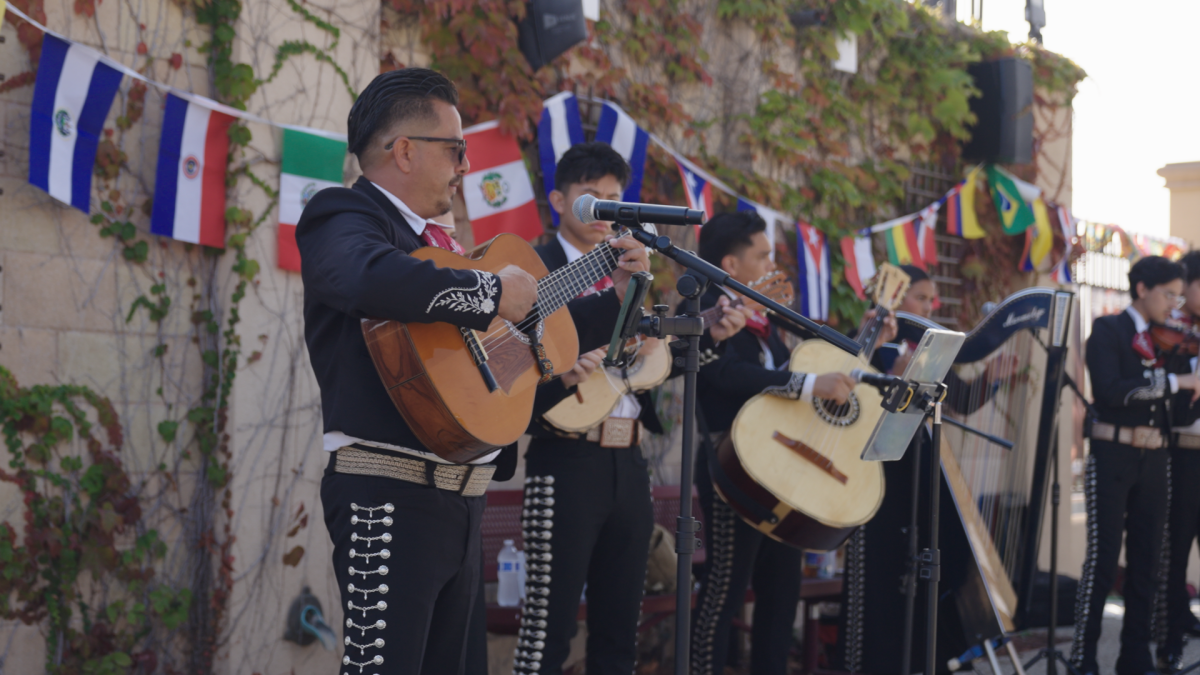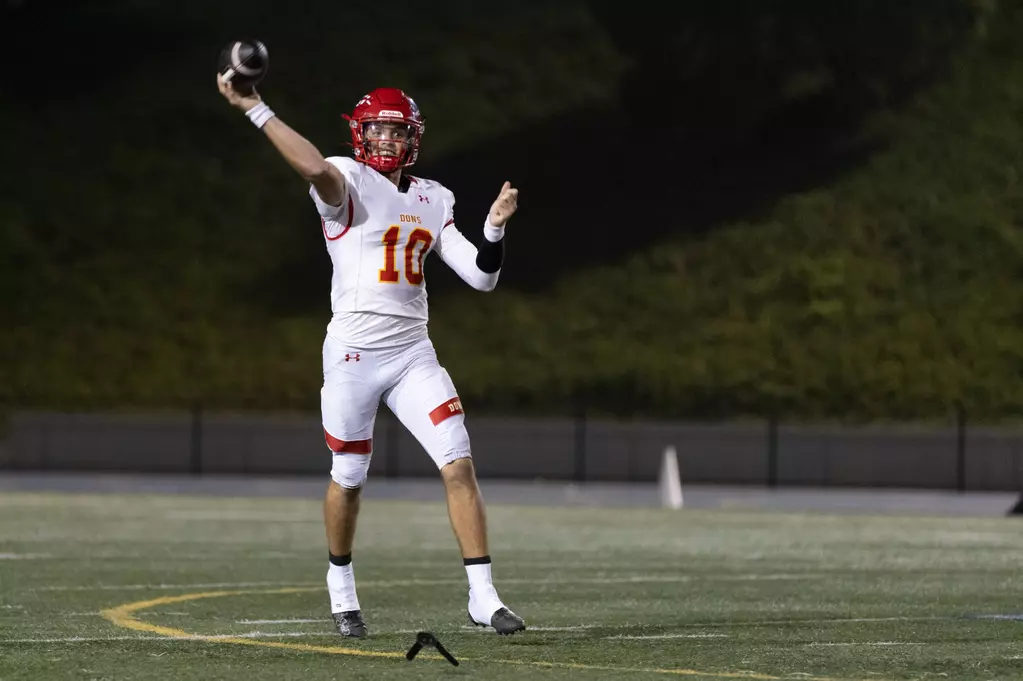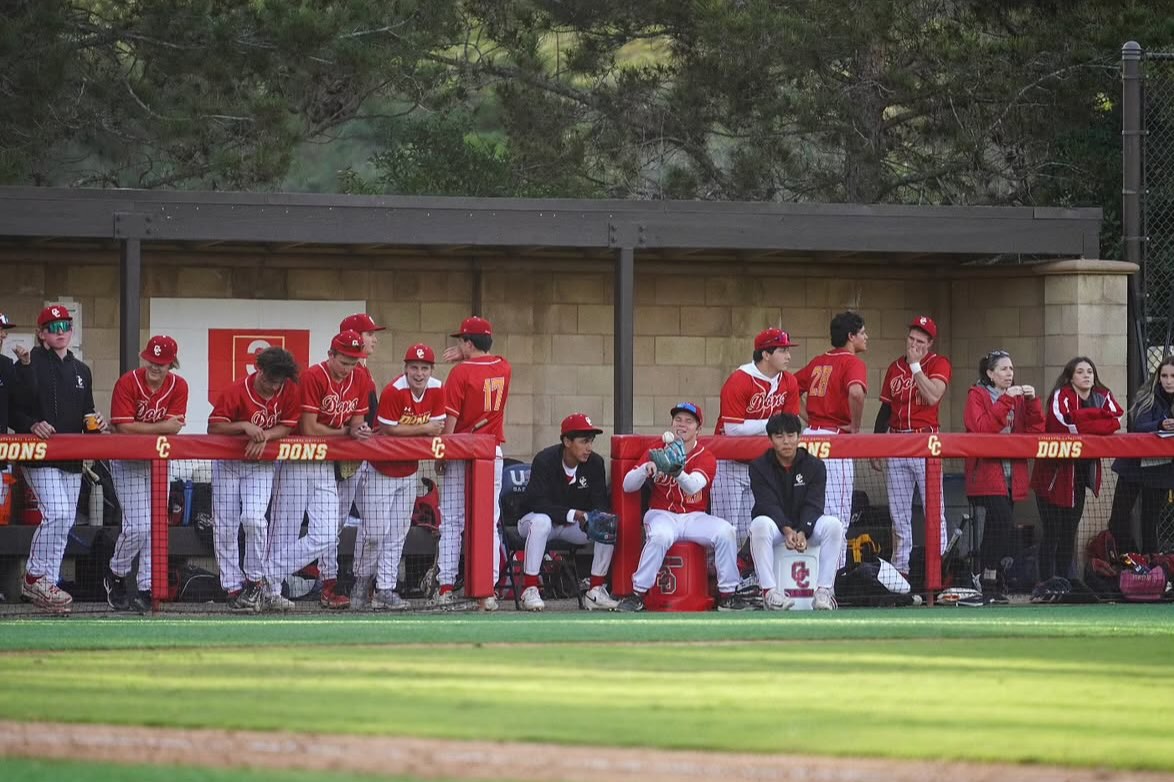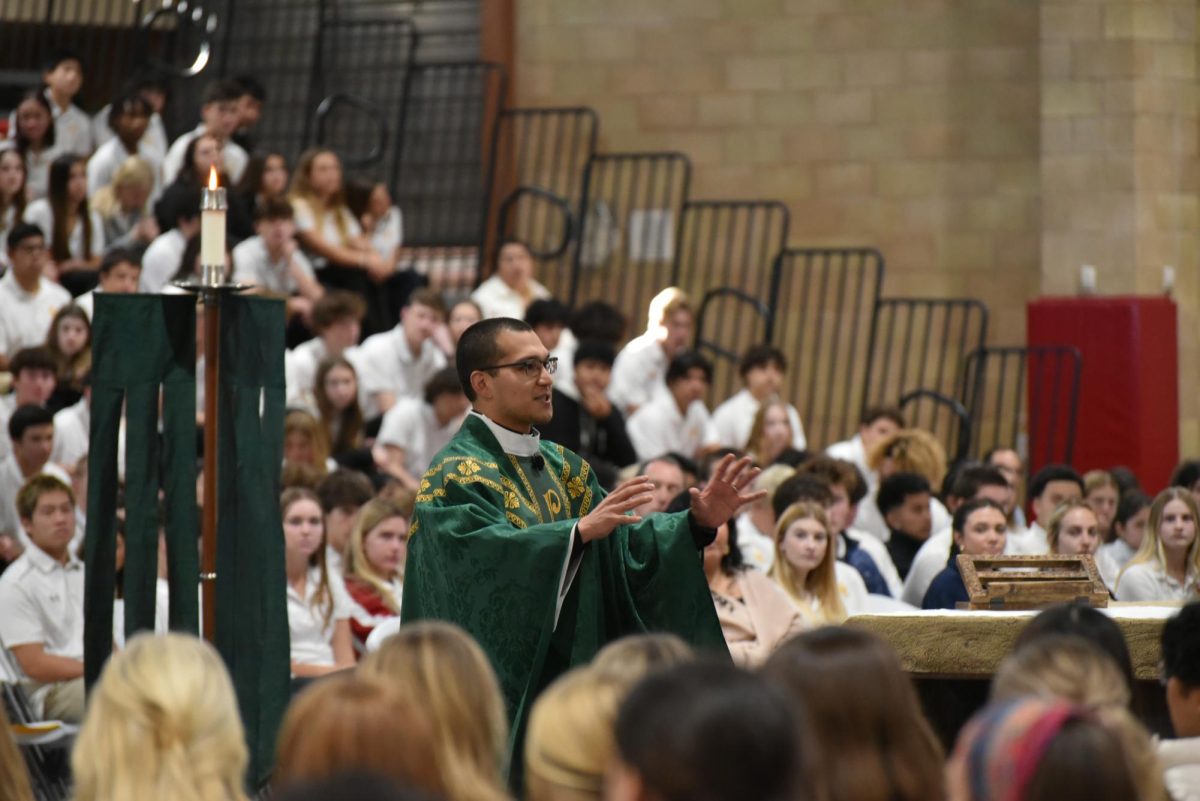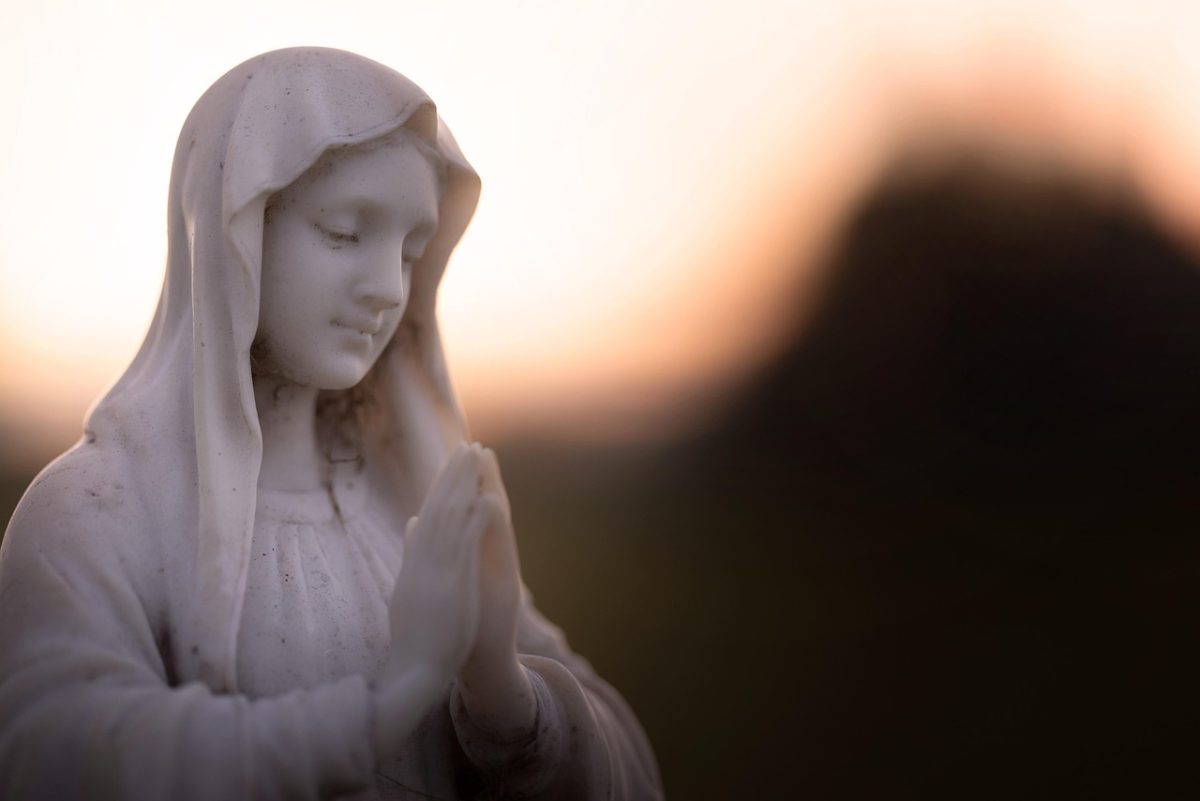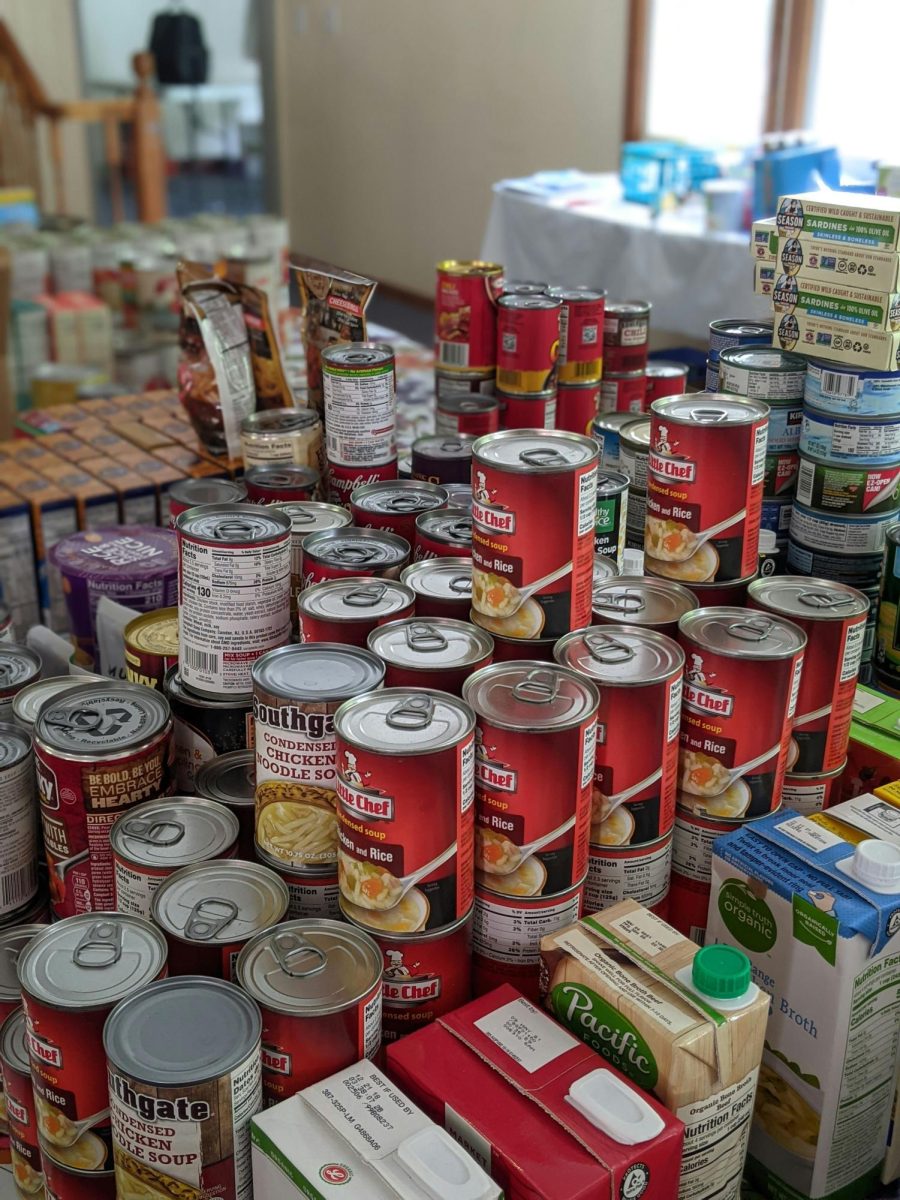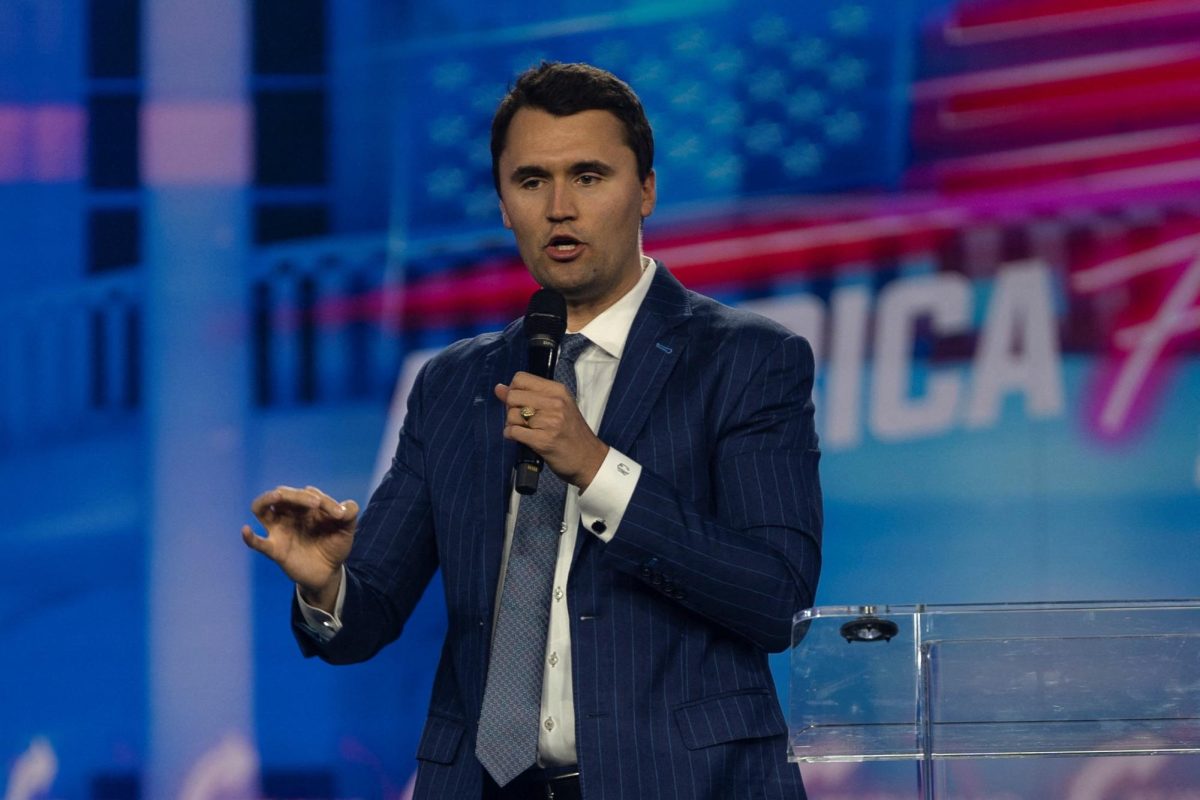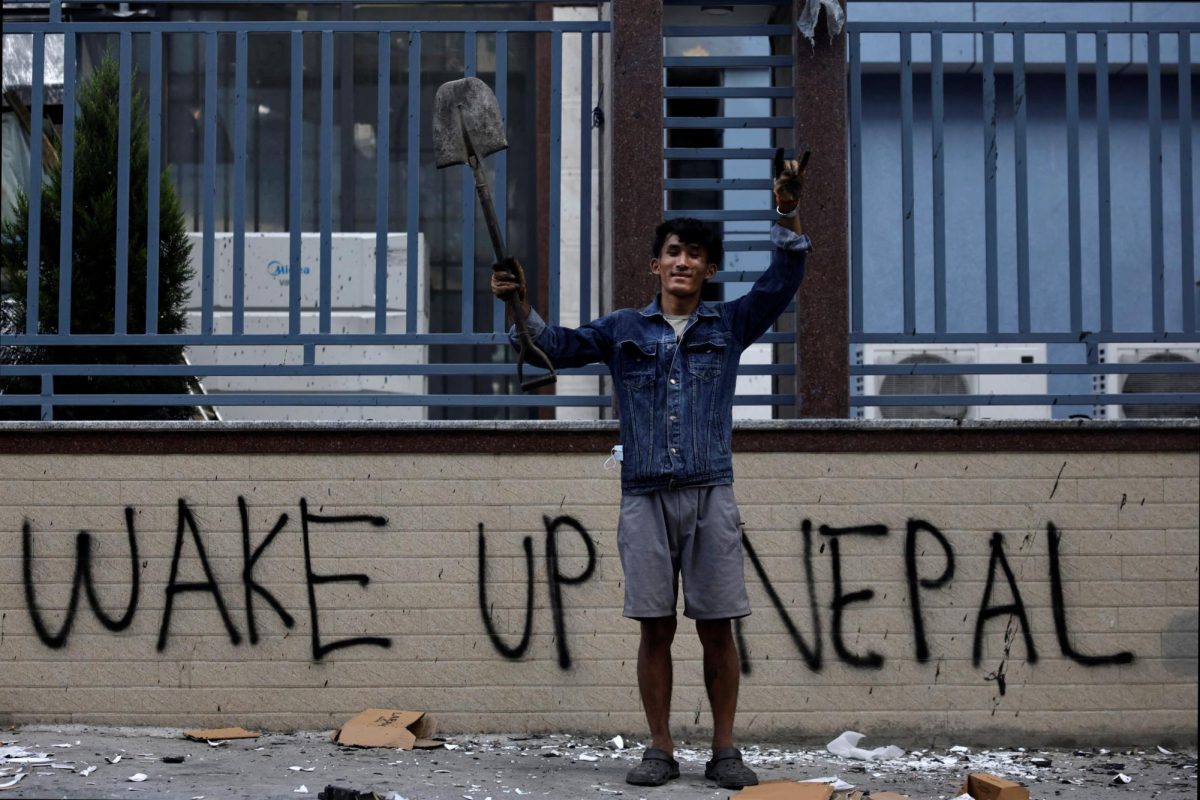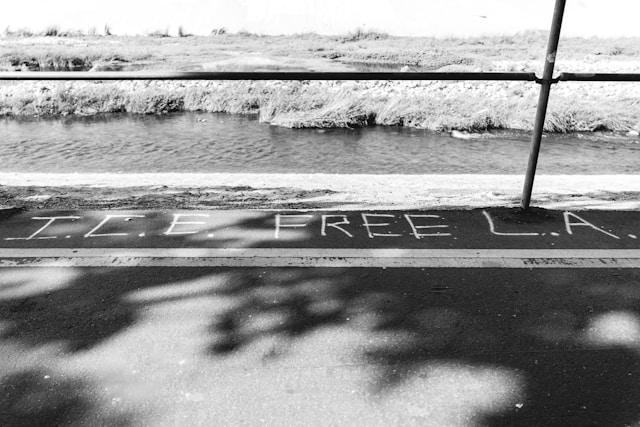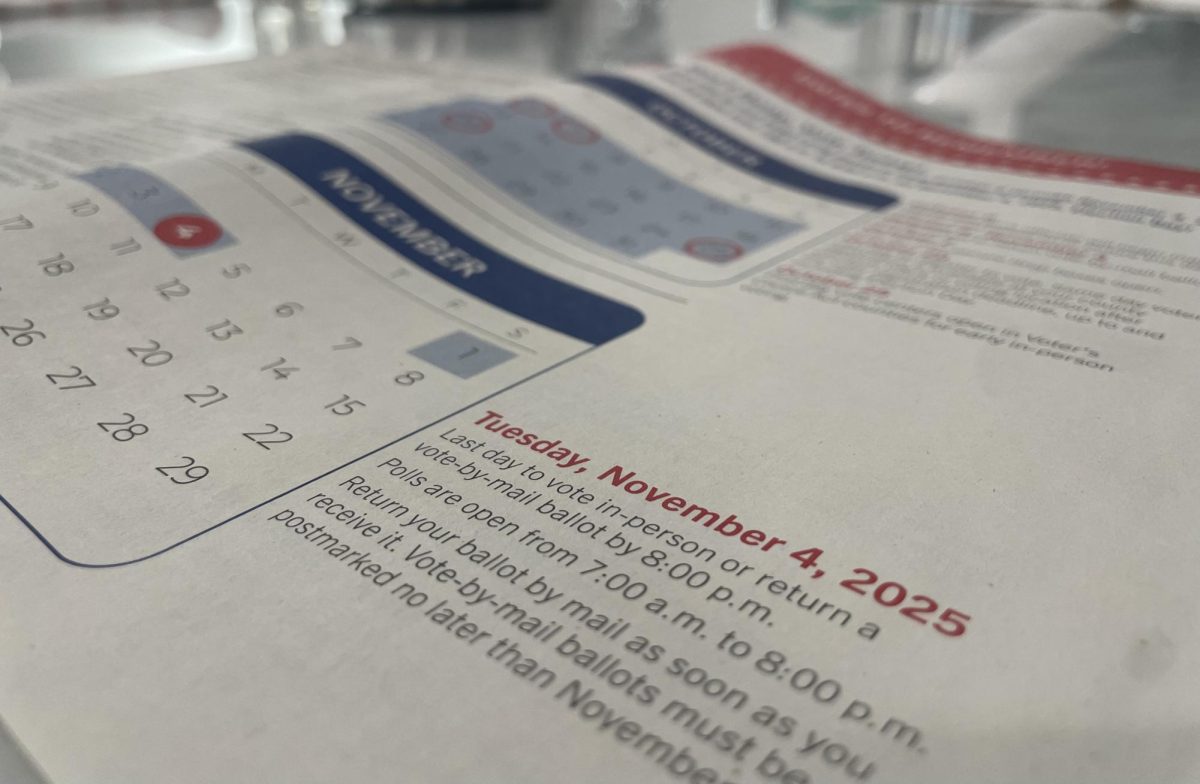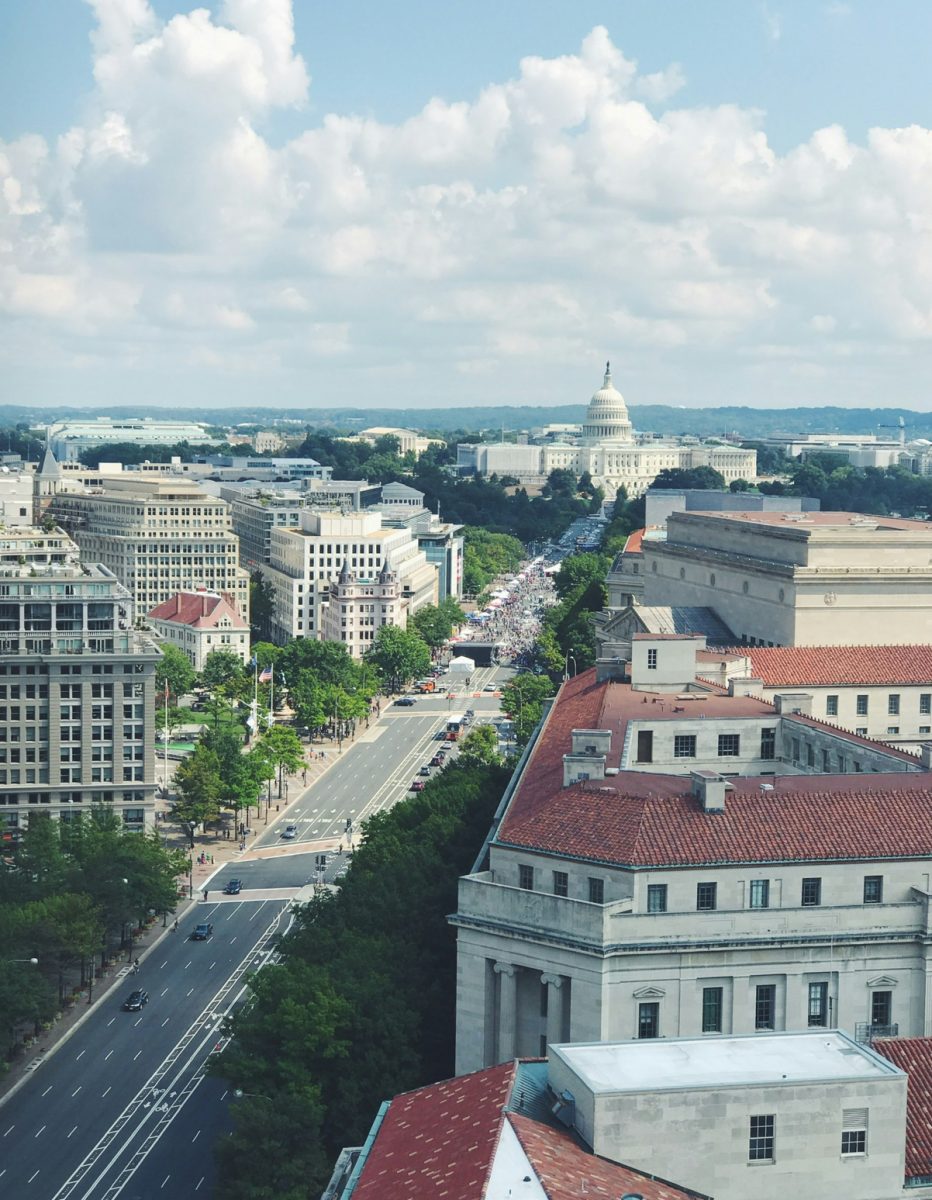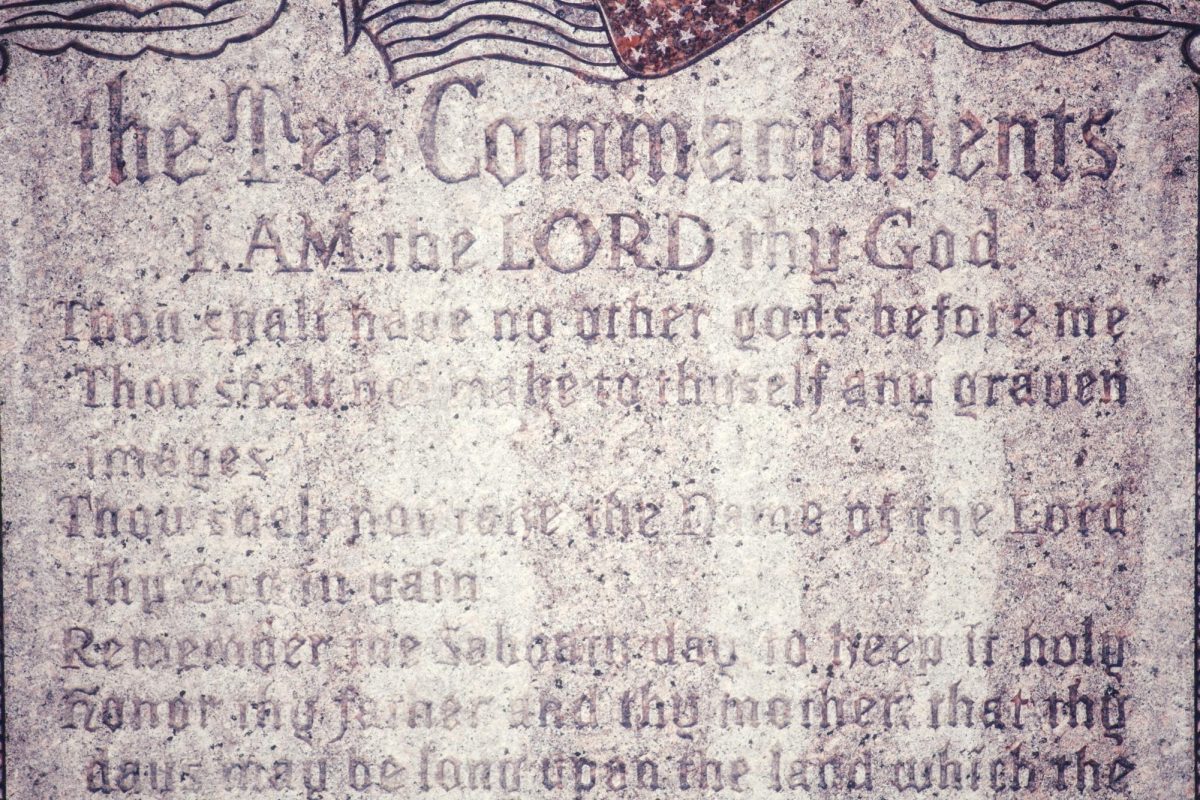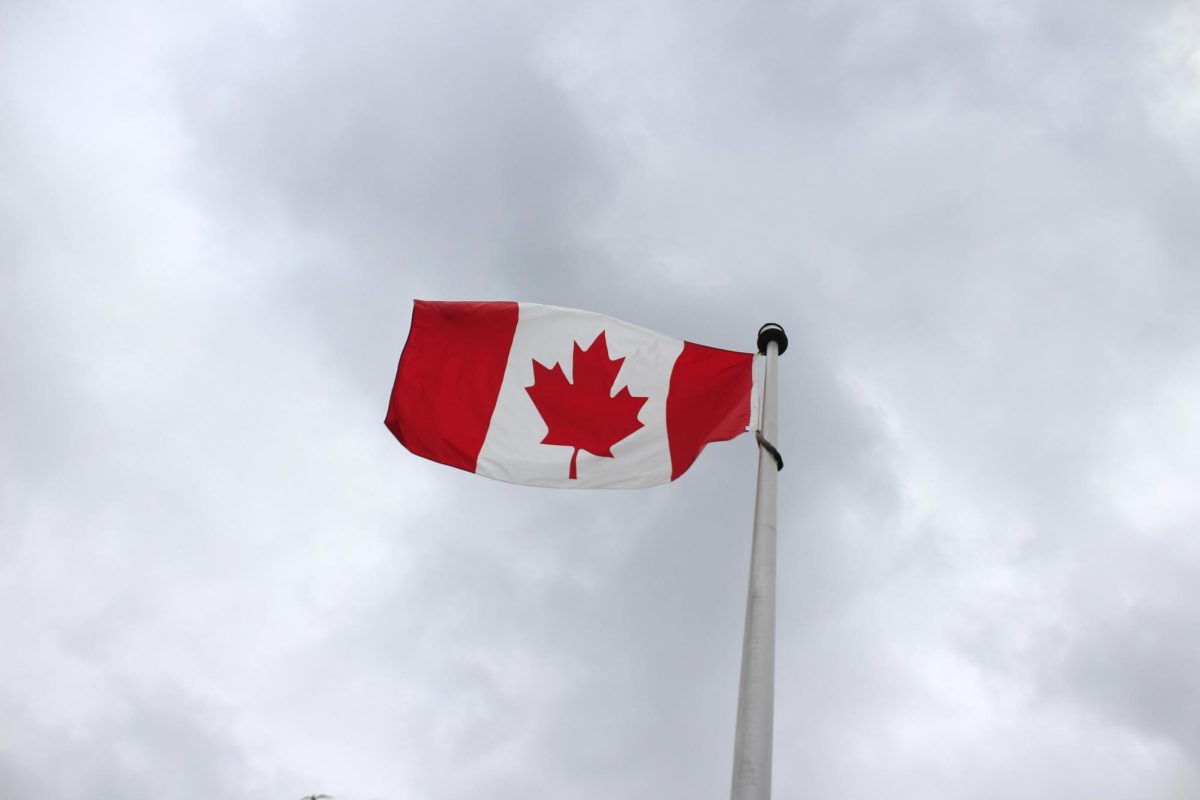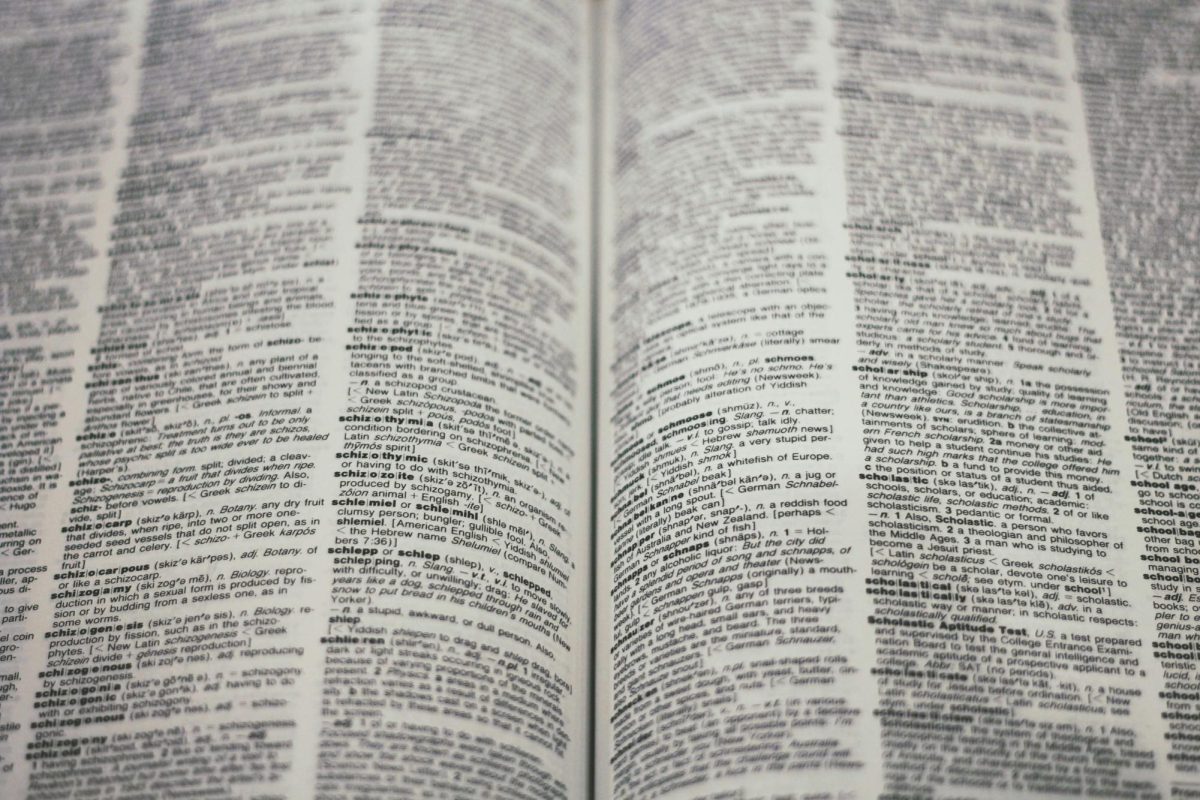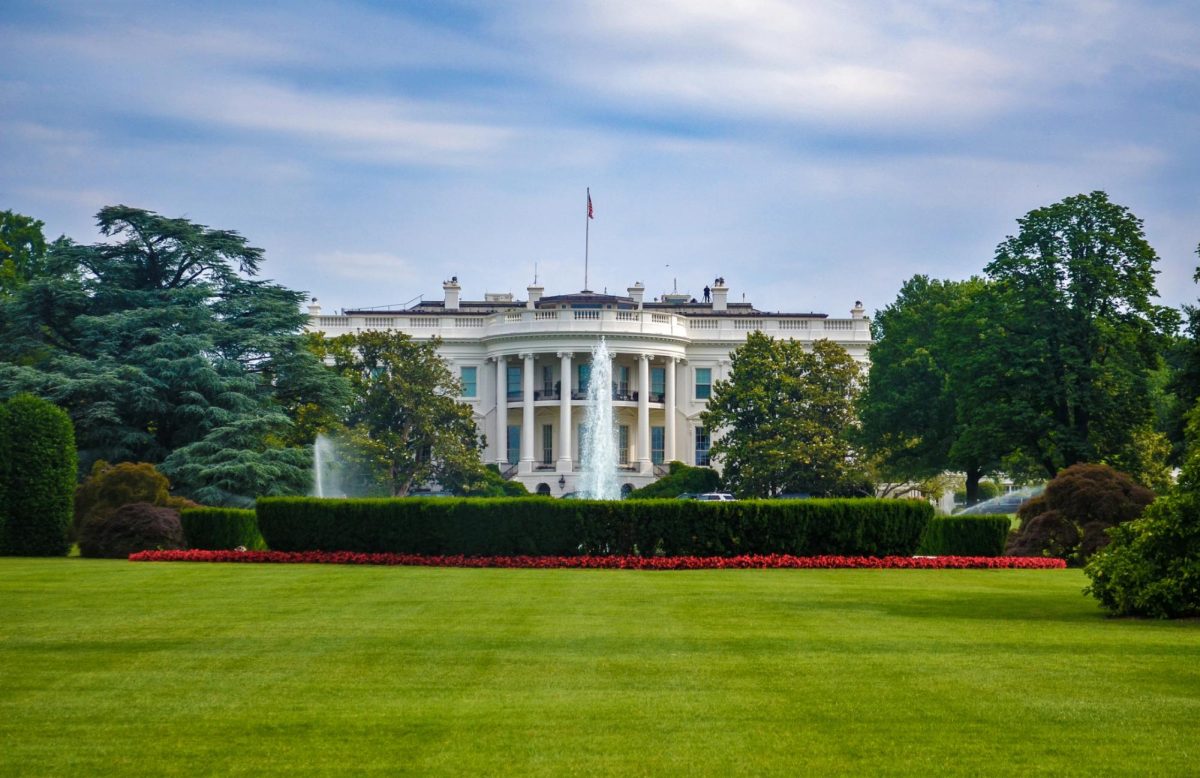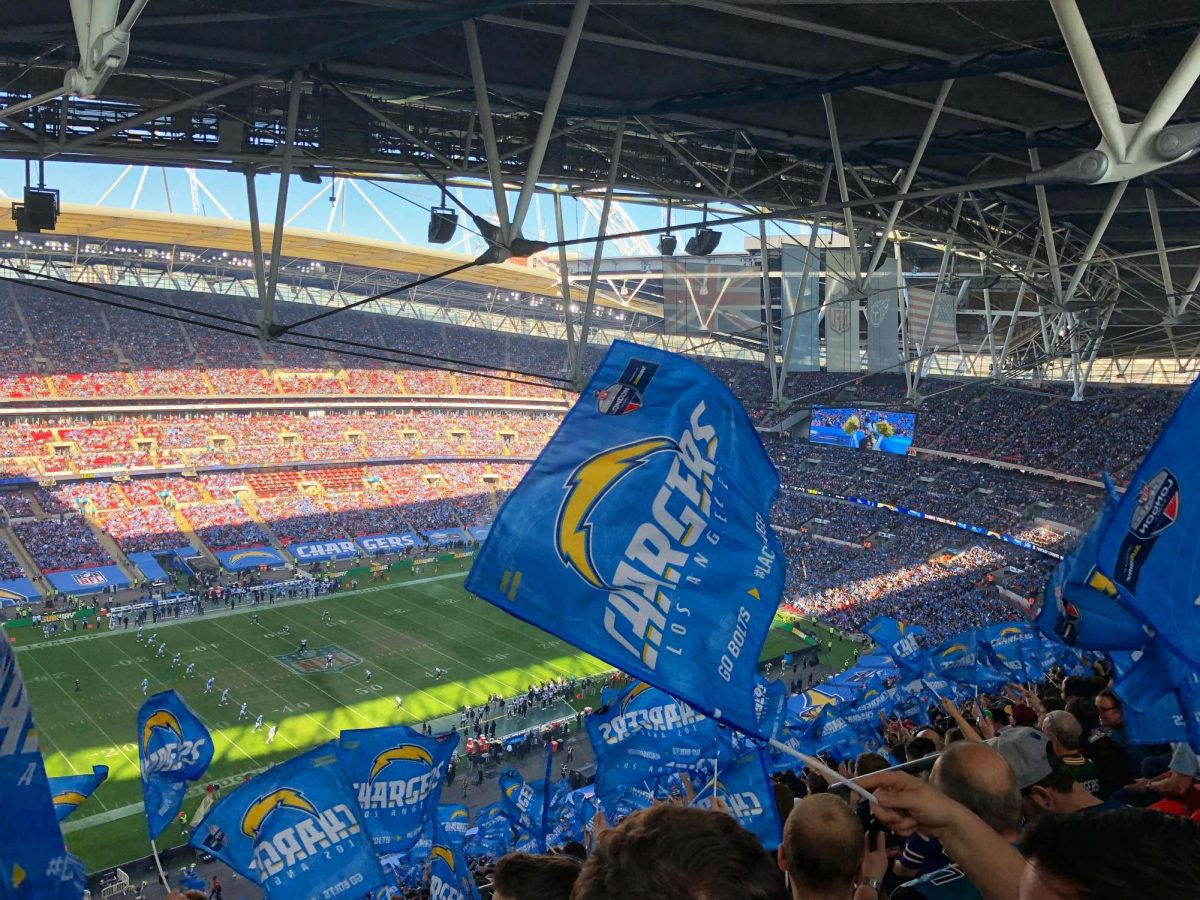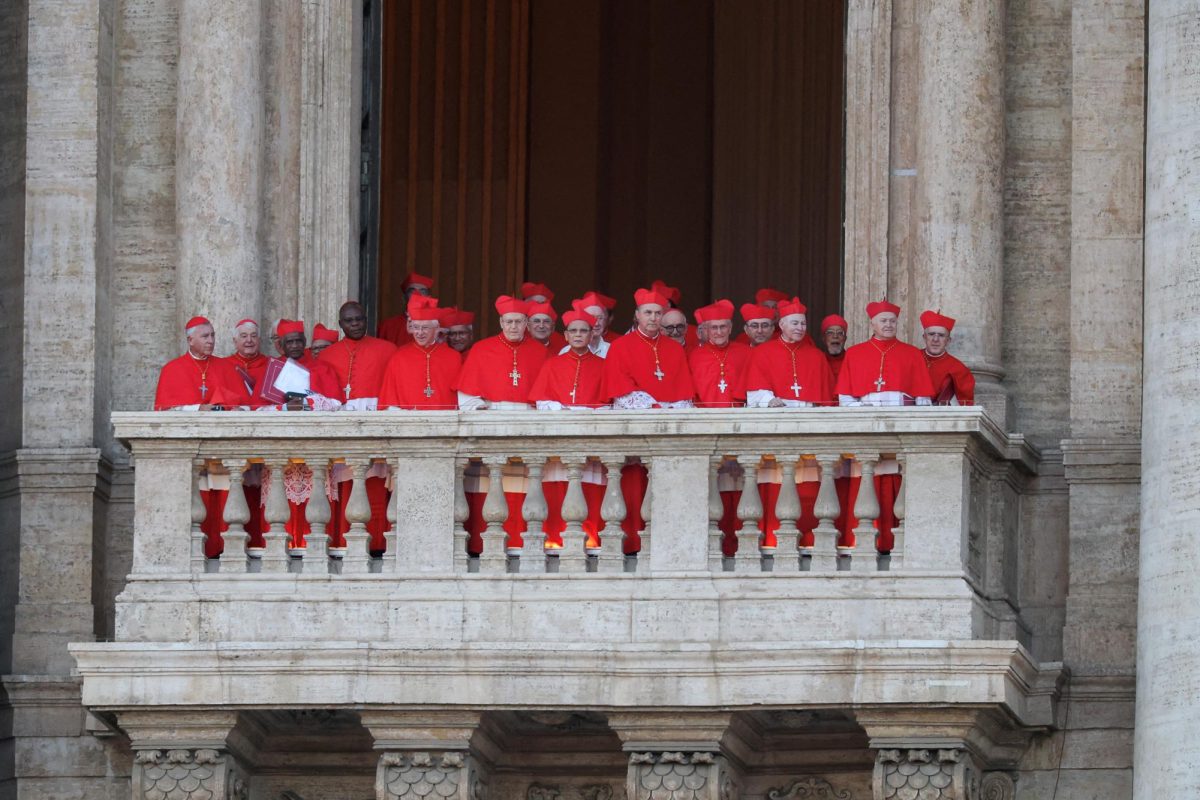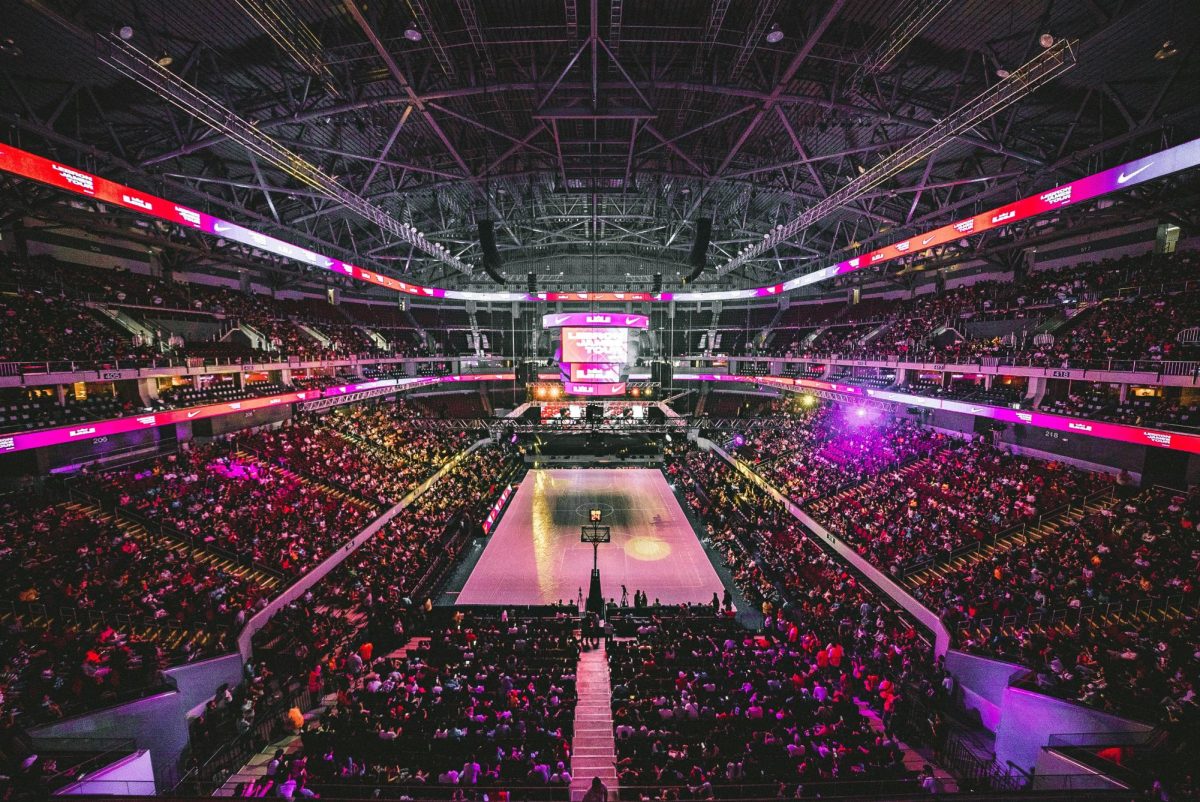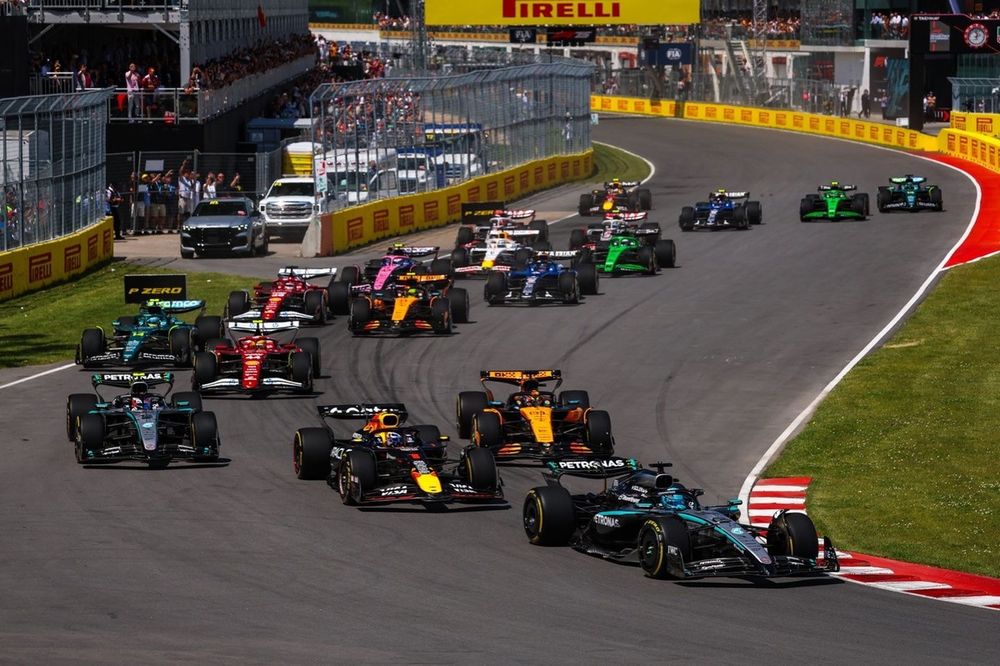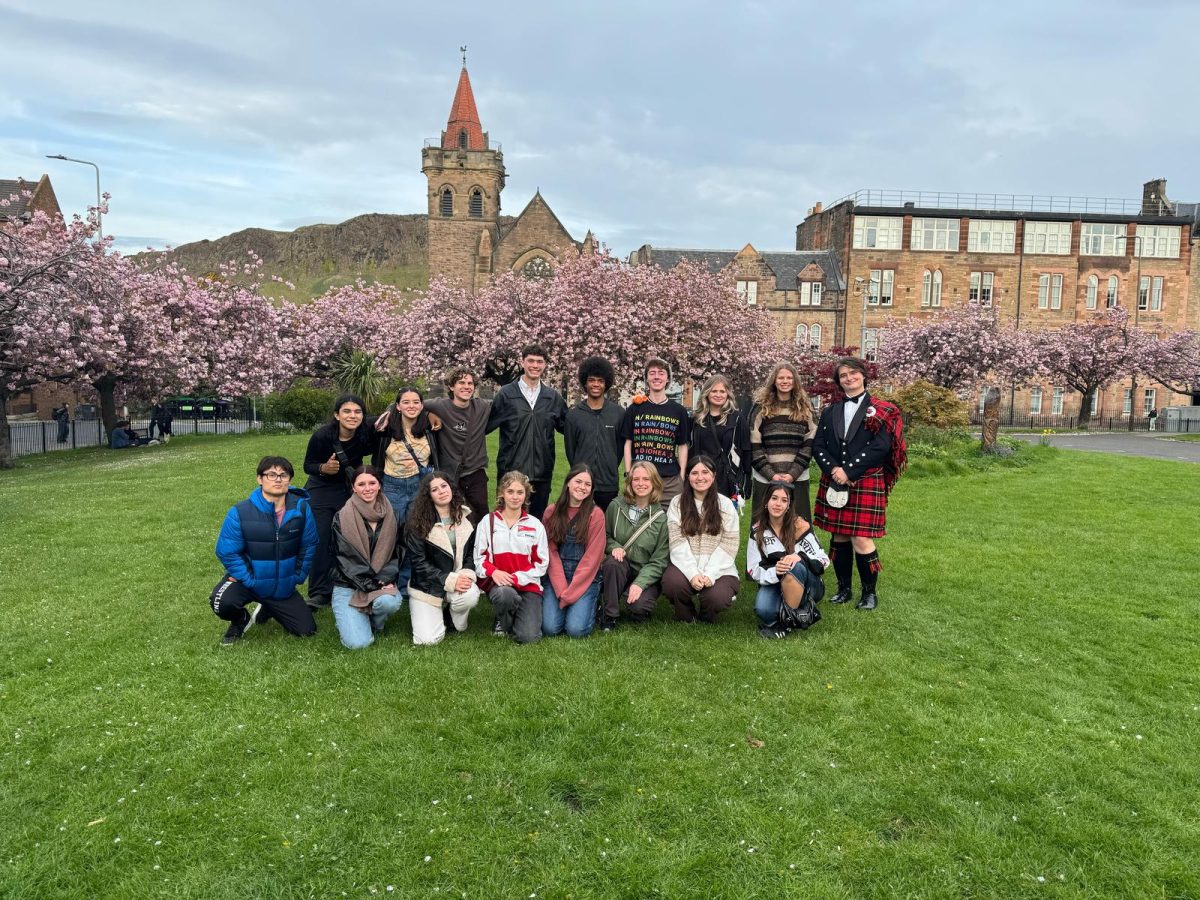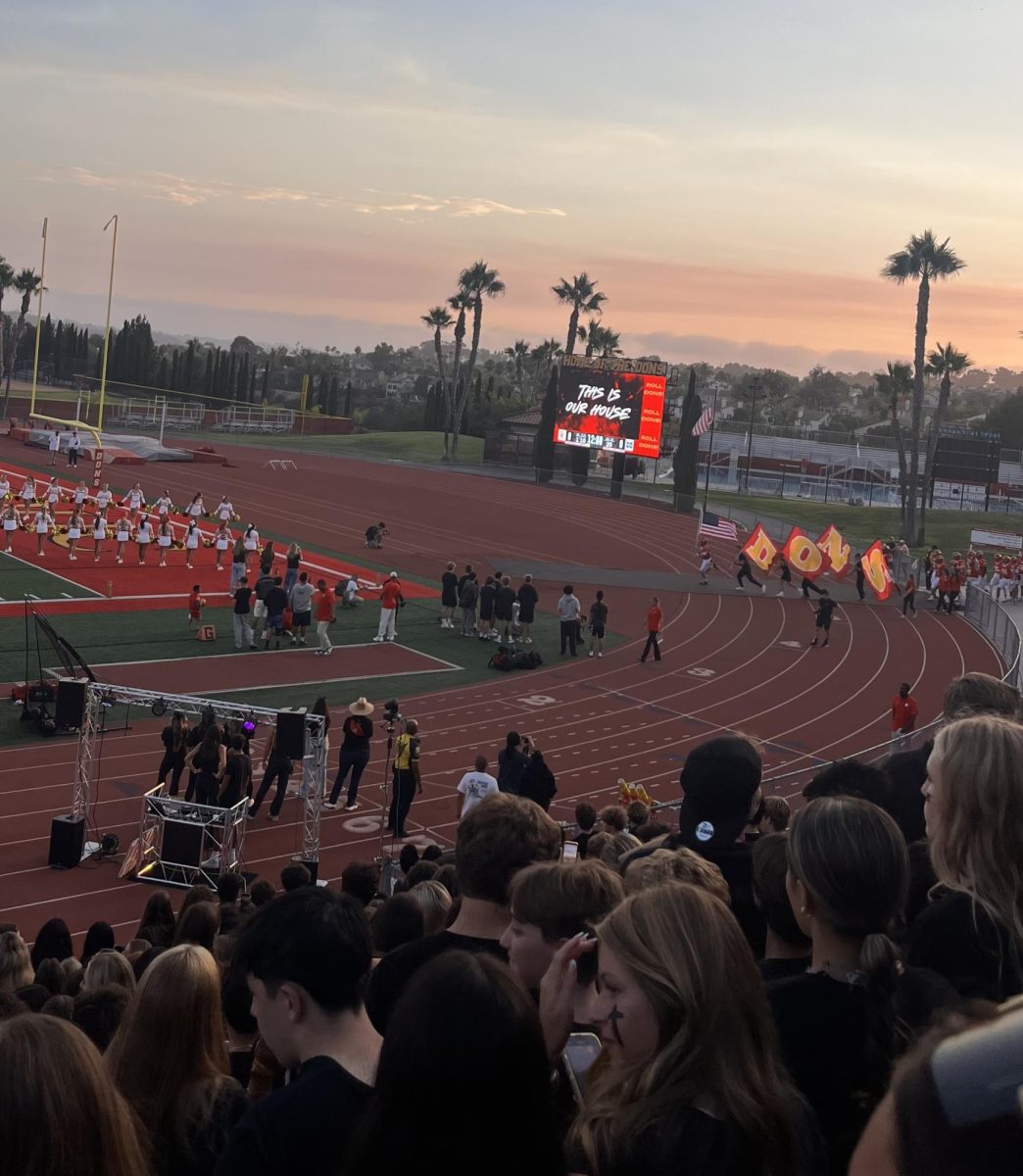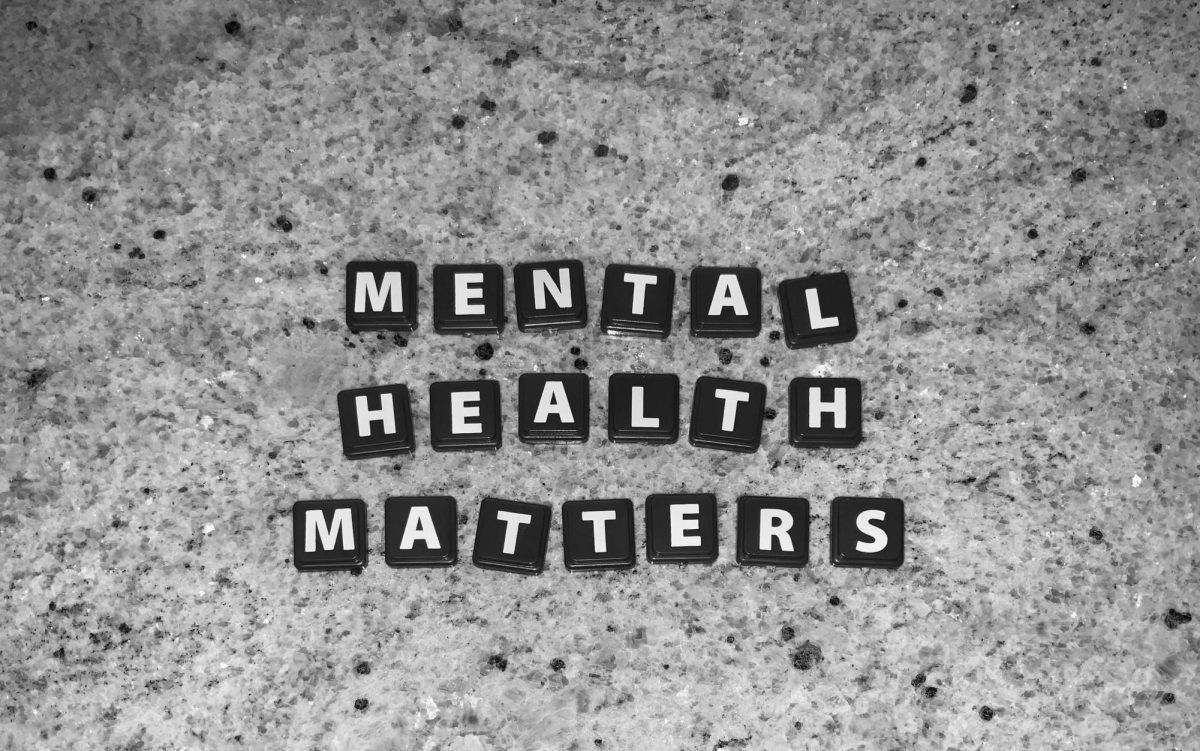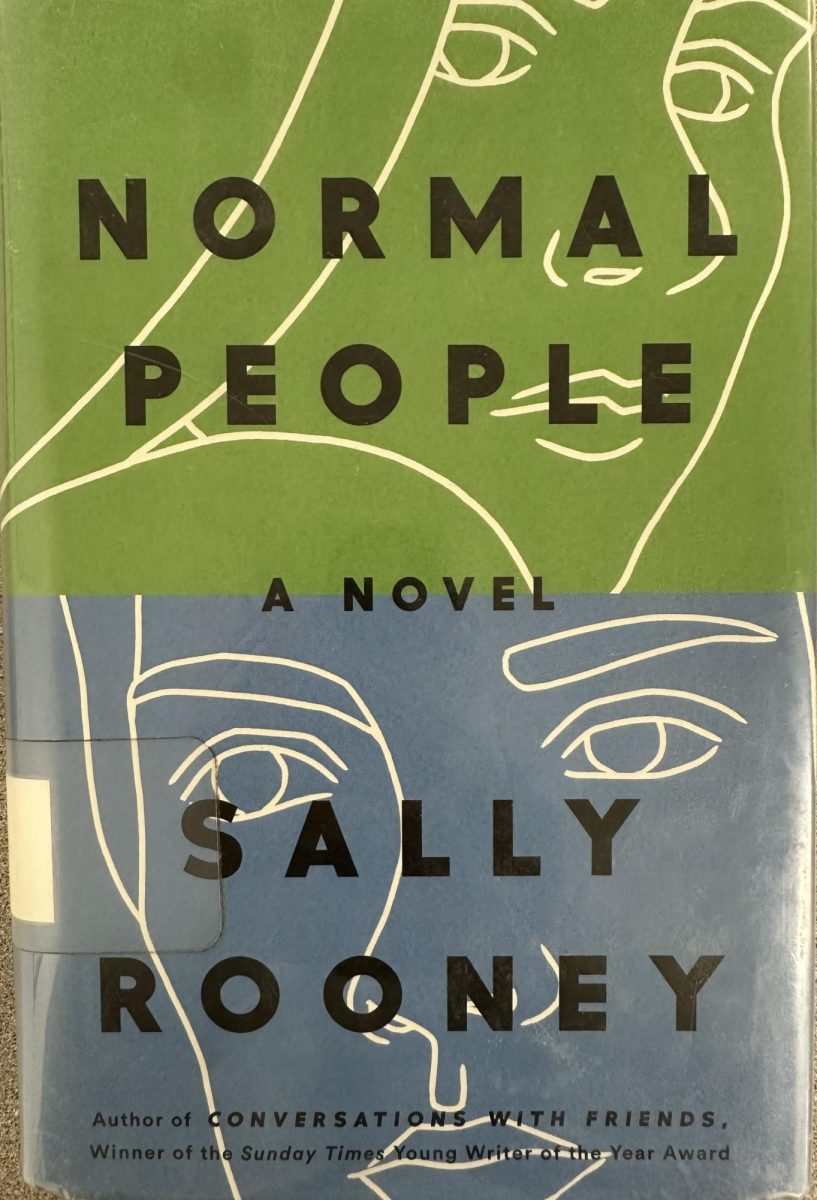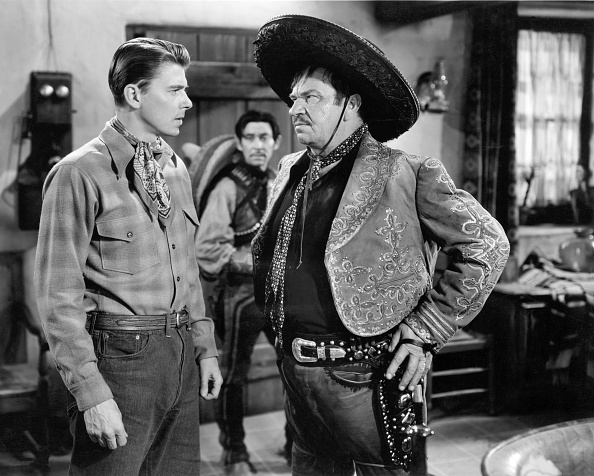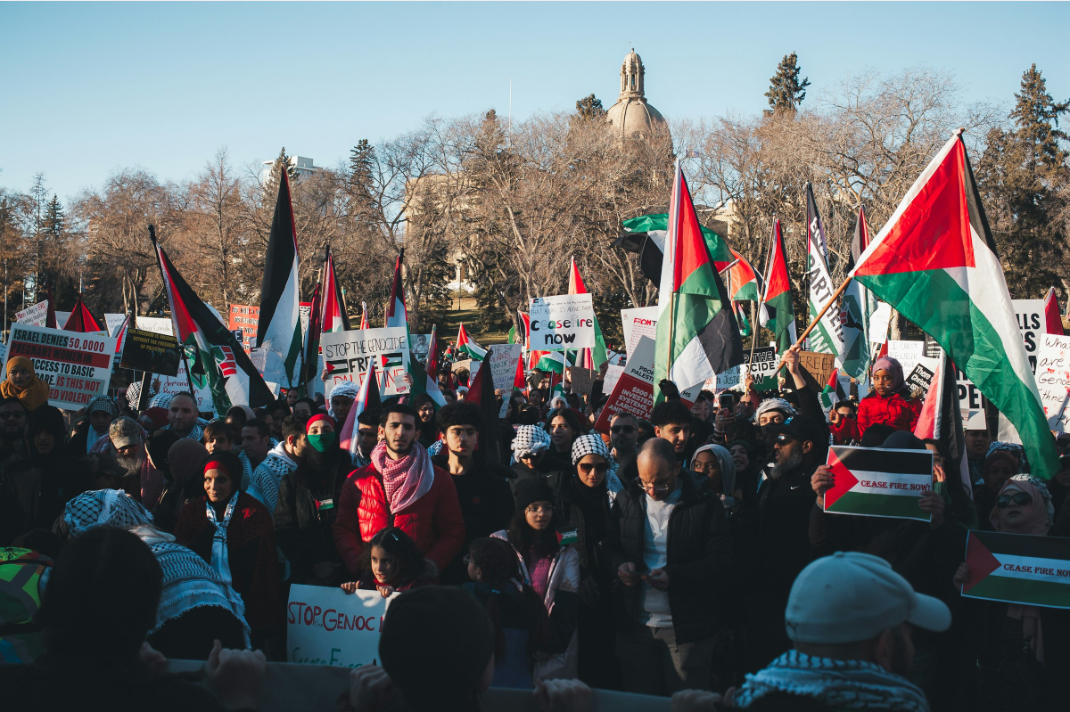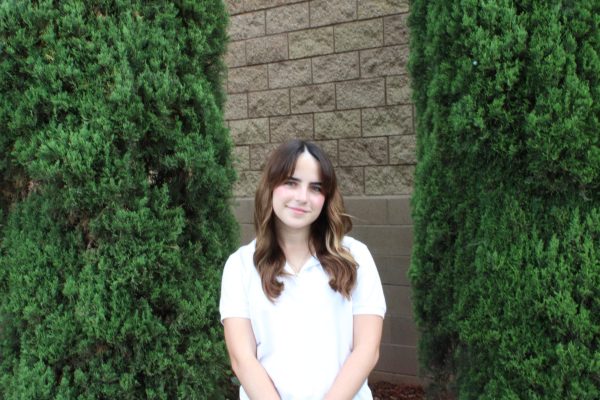On Tuesday, March 18th, a fragile ceasefire between the Israeli government and the militant group Hamas collapsed. And despite the massive humanitarian implications, Israel and Hamas continue to be at a stalemate.
Why did the ceasefire collapse?
Sky News reports that, after the first phase of the ceasefire ended on March 1st, Israel cut off supplies for 2 million Gazans — including food, medicine, fuel, and electricity. Israel claimed that they did this to pressure Hamas into accepting their demands.
Israel’s proposal would require Hamas to release half of their remaining hostages for a ceasefire extension and a lasting truce. This proposal was referred to as the “Witkoff plan,” championed by Steve Witkoff, the US Special Envoy to the Middle East.
Then, on March 18th, Netanyahu ordered strikes on Gaza — claiming it was because Hamas refused to accept the proposal. The Israeli government issued evacuation orders in Gaza, sparking concerns about a potential ground offensive in addition to bombing.
What did the ceasefire look like?
The Israel-Hamas ceasefire, mediated by the US, Qatar, and Egypt, contained three phases. In the first phase, Hamas returned 25 living hostages and eight who passed away in captivity. Israel returned nearly 2,000 Palestinian prisoners, and withdrew from Gaza to buffer zones. With the ceasefire, displaced Gazans were able to return home.
The second phase was intended to involve a permanent ceasefire, with a complete withdrawal of Israeli forces and the release of all remaining hostages held by Hamas.
In the third phase, all bodies of hostages were supposed to be returned, and plans to reconstruct Gaza were to develop.
What does this mean for impacted people?
Gazan civilians responded to the ceasefire’s collapse with devastation and fear. In addition to attacks and a humanitarian crisis, many had just returned to their homes, and now have to flee once again. 90% of Gazans were displaced between the start of the offensive on October 7th, 2023, and the ceasefire in January 2025.
On Tuesday, March 25th, hundreds of Gazan citizens organized to protest against Hamas’ rule. CNN reports that protesters came with statements like “we want an end to the war”; “stop the genocide”; “for god’s sake, Hamas out”; “we want to live”; and “Hamas terrorists.”
“Our message to the free world is that we are living in oppressive conditions and forced displacement,” said Mohammed Attalah, a Gazan protester.
“Our demand is that Hamas does not represent the Palestinian people. This chaos that they have created is enough,” Attalah adds.
Many Palestinians feel oppressed by Hamas rule, but fear criticizing Hamas publicly, as the military group is seen as the only one promoting Palestinian resistance. Others weren’t able to reach the gathering.
In Israel, some on the right cheer the opportunity to defeat Hamas and occupy Gaza. However, others are shocked and concerned — particularly given that 60 Israeli hostages are still held by Hamas, and their lives are endangered by the fighting and lack of a ceasefire agreement.
Might there be negotiations soon to fix this?
There is no sign of a breakthrough in negotiations. Recently, Egyptian officials proposed a deal with five Israeli hostages being released each week and the second phase of the ceasefire beginning after the first week. As of Sky News’ report, Hamas and the US agreed, but Israel had yet to respond.
According to the New York Times, Hamas says they won’t free any hostages if Israel doesn’t start ceasefire talks. And Israel has plans to re-invade large parts of Gaza if Hamas doesn’t back down.
What needs to be done for people’s safety?
Palestinians, Israelis, and many members of the international community have all called for a ceasefire, out of concern for Gaza’s civilians as well as Israeli hostages.
In addition to a ceasefire, the humanitarian crisis in Gaza must be addressed. “Our demands are to feed our people, to quench their thirst, to see our children educated and not dying,” Abu Zaid, a Gazan civilian, said at the March 25th protest against Israel and Hamas.
Mahmoud Haj Ahmad, a Gazan surgeon who was at the protest, condemned both Israel and Hamas, and expressed a wish for peace and liberation: “Our message is to the Israeli army to stop the bloodshed and the war that has drained our energy and caused us to lose all our loved ones and friends. Our final message is to Hamas: Enough is enough. You have ruled long enough; give others a chance, and let others come.”
